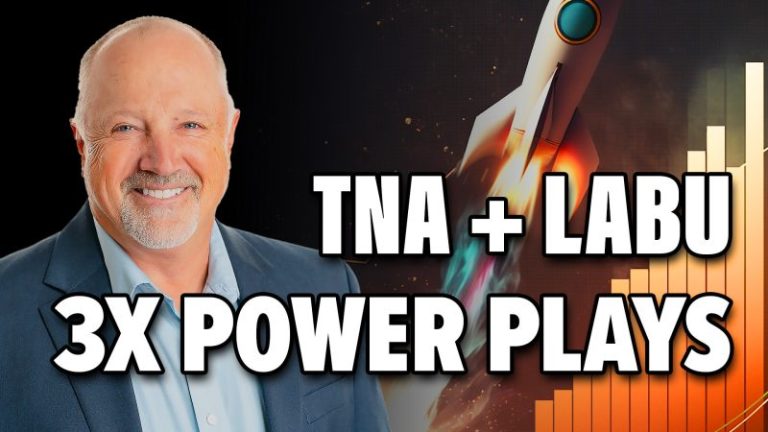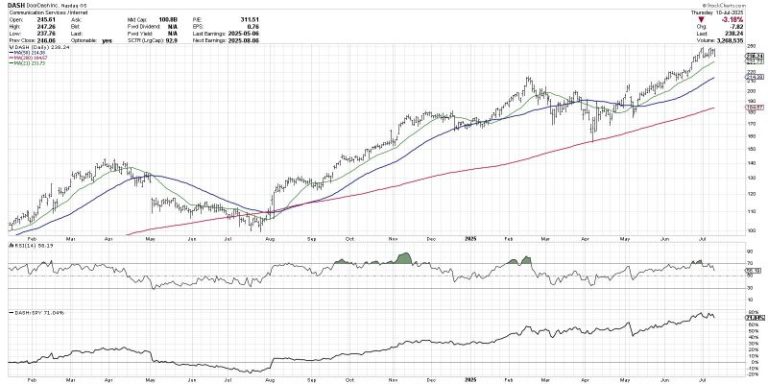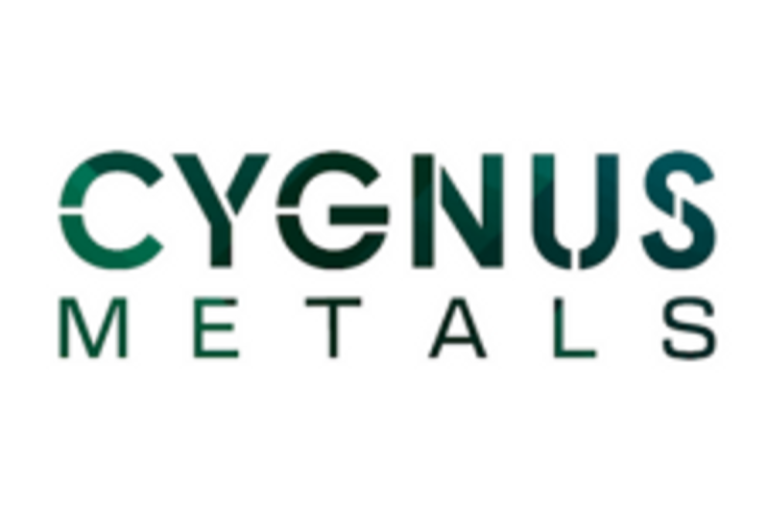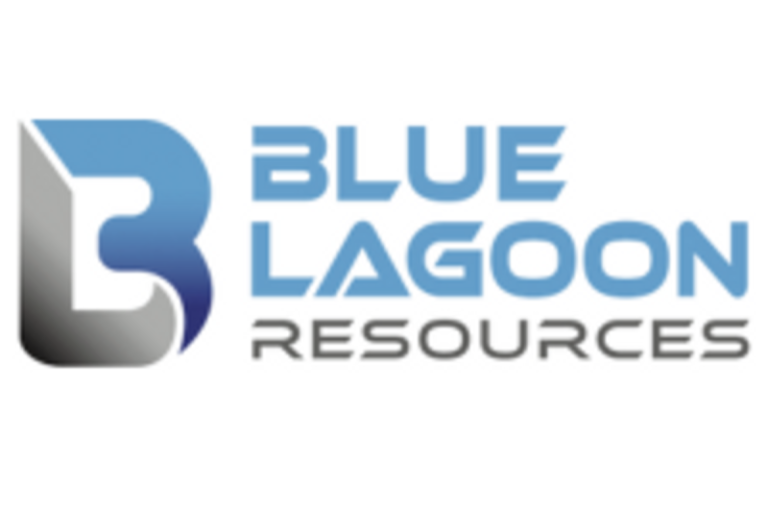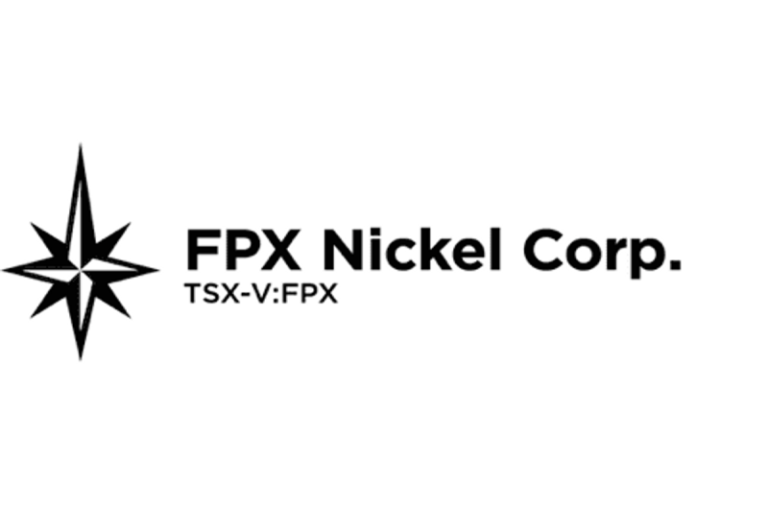(TheNewswire)
July 11, 2025 TheNewswire – Vancouver, British Columbia Blue Lagoon Resources Inc. (the ‘ Company ‘) (CSE: BLLG,OTC:BLAGF; OTCQB: BLAGF; FSE: 7BL) is pleased to announce the official opening of its wholly owned Dome Mountain Gold Mine Project, that recently received its mining permit making it one of only nine mining permits granted in British Columbia in the past decade – and one of just a few high-grade, road-accessible gold projects to reach production-ready status in recent years.
The celebration, held on July 9, 2025, brought together over 100 guests from across Canada and abroad — including attendees from Germany, South Carolina, Denver, Montana and Toronto — to mark this significant milestone for the Company and the region.
Dignitaries in attendance included the Mayor of Smithers, Gladys Atrill; MLA Sharon Hartwell (Bulkley Valley-Stikine); and MP Ellis Ross (Skeena-Bulkley Valley). Also present were various representatives from the Ministry of Mines and Critical Minerals and other provincial agencies. Minister of Mining and Critical Minerals, Jagrup Brar, was unable to attend in person due to his participation in the annual Conference of Mines Ministers of Canada, held in Prince Edward Island. However, he shared a recorded message acknowledging the importance of the project, which was played during the event. Minister Brar is scheduled to visit and tour the Dome Mountain site later this month.
In a powerful display of cultural heritage and support, 18 Hereditary Chiefs and Guardians from the Lake Babine Nation (LBN) joined Hereditary Chief and Council Member Fabian Michell for the opening ceremony, which featured a traditional drum ceremony representing songs from all four LBN clans: Bear, Beaver, Frog, and Caribou.
‘We were deeply honoured to stand alongside the Lake Babine Nation, whose presence and participation made this day truly meaningful,’ said Rana Vig, President & CEO of Blue Lagoon Resources. ‘This is more than just the opening of a gold mine — it’s a moment that reflects years of hard work, resilience, and respectful collaboration.’
During the two-day event, guests had the opportunity to take underground tours as well as visit the recently completed, state-of-the-art water treatment plant — a key environmental safeguard for the project. The facility has the capacity to treat over six times the current needs at Dome Mountain, ensuring long-term environmental resilience as production scales.
With the mine officially open, pre-production work will begin next week, setting up Dome Mountain to begin mining and transition to near-term cash flow once the Moving Bed Biofilm Reactor (MBBR) system is commissioned – expected in about four weeks. The two-stage water-treatment facility features a functioning High-Density Sludge (HDS) circuit and the MBBR circuit, which uses microbes to remove blasting-related ammonia and nitrates. The MBBR’s biological ramp-up phase typically takes approximately four weeks. Mining will commence immediately upon the completion of this phase.
‘As a geologist, this is a proud moment in my career,’ said Bill Cronk, Chief Geologist and Project Manager at Blue Lagoon Resources. ‘To see a project go from exploration to production — and to be part of that transformation — is something most geologists only dream of. This team made it happen and I’m very proud of that.’
The event also welcomed strategic investors and partners, including Dr. Quinton Hennigh, technical advisor to Crescat Capital, and Peter Espig, CEO of Nicola Mining, with whom Blue Lagoon has a long-term toll milling agreement.
‘Dome Mountain represents what’s possible when entrepreneurial determination meets responsible mining practices,’ said Peter Espig, CEO of Nicola Mining. ‘We’re proud to support Blue Lagoon in bringing this project to life, and to be part of a partnership grounded in trust, transparency, and technical excellence.’
Throughout the event, Blue Lagoon’s highly experienced technical team was on site to answer questions and provide detailed explanations of the mining methods and techniques planned for Dome Mountain. This included Steve Cutler of Roughstock Mining, an accomplished underground mining consultant with decades of experience who has worked on a wide range of underground gold projects across North America. Also present was Peter Bojtos, a professional mining engineer with global experience who has been directly involved in the opening or reopening of 19 mines over the course of his career — making Dome Mountain his 20th. Mr. Bojtos is a current director of Avino Silver & Gold Mines Ltd (formerly Chairman) (ASM:NYSE) and a technical advisor on the Dome Mountain Gold Project.
With pre-production work beginning next week, Blue Lagoon Resources is now positioned to become one of British Columbia’s next producing high-grade gold mines.
About Blue Lagoon Resources Inc.
Blue Lagoon Resources is a Canadian based publicly listed mining company (CSE: BLLG,OTC:BLAGF; FSE: 7BL; OTCQB: BLAGF) focused on building shareholder value through the aggressive development of its 100% owned Dome Mountain Gold project. The Company is run by professionals with significant finance and mining experience and operates within a prime mining
jurisdiction in British Columbia, Canada. With the granting of a full mining permit, a key milestone achieved in February 2025 – one of only nine such permits issued in British Columbia since 2015 – Blue Lagoon is now focused on last preparatory activities and tasks related to the safe and secure opening of the Dome Mountain Gold Mine, targeting Q3 2025 as the start of gold production . The Company’s primary objective has always been to become a cash-flowing mining company, to ultimately deliver tangible monetary value to shareholders, state, and local communities.
The Company is not basing its production decision at Dome Mountain on a feasibility study of mineral reserves demonstrating economic and technical viability. The production decision is based on having existing mining infrastructure, past bulk sampling and processing activity, and the established mineral resource. The Company understands that there is increased uncertainty, and consequently a higher risk of failure, when production is undertaken in advance of a feasibility study.
For further information, please contact:
Rana Vig
President and CEO
Telephone: 604-218-4766
Email: ranavig@bluelagoonresources.com
The CSE has not reviewed and does not accept responsibility for the adequacy or accuracy of this release.
Statement Regarding Forward-Looking Information: This release includes certain statements that may be deemed ‘forward-looking statements’. All statements in this release, other than statements of historical facts, that address events or developments that Blue Lagoon Resources Inc. (the ‘Company’) expects to occur, are forward-looking statements. Forward-looking statements are statements that are not historical facts and are generally, but not always, identified by the words ‘expects’, ‘targets’, ‘plans’, ‘anticipates’, ‘believes’, ‘intends’, ‘estimates’, ‘projects’, ‘potential’, ‘mine’, ‘production’ and similar expressions, or that events or conditions ‘will’, ‘would’, ‘may’, ‘could’ or ‘should’ occur. Although the Company believes the expectations expressed in such forward-looking statements are based on reasonable assumptions, such statements are not guarantees of future performance and actual results may differ materially from those in the forward-looking statements. Factors that could cause the actual results to differ materially from those in forward-looking statements include results of exploration activities may not show quality and quantity necessary for further exploration or future exploitation of minerals deposits, volatility of gold and silver prices, delays in mine development activities, future cash flow expectations and continued availability of capital and financing, permitting and other approvals, and general economic, market or business conditions. Investors are cautioned that any such statements are not guarantees of future performance and actual results or developments may differ materially from those projected in the forward-looking statements. Forward-looking statements are based on the beliefs, estimates and opinions of the Company’s management, contractors and consultants on the date the statements are made. Except as required by applicable securities laws, the Company undertakes no obligation to update these forward-looking statements in the event that management’s, contractor’s and consultants’ beliefs, estimates or opinions, or other factors, should change.
Copyright (c) 2025 TheNewswire – All rights reserved.

